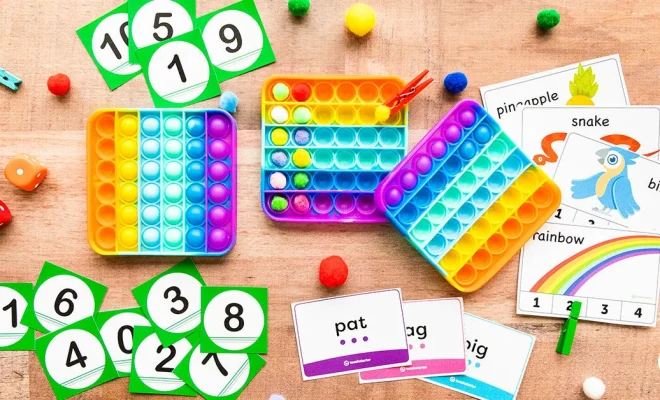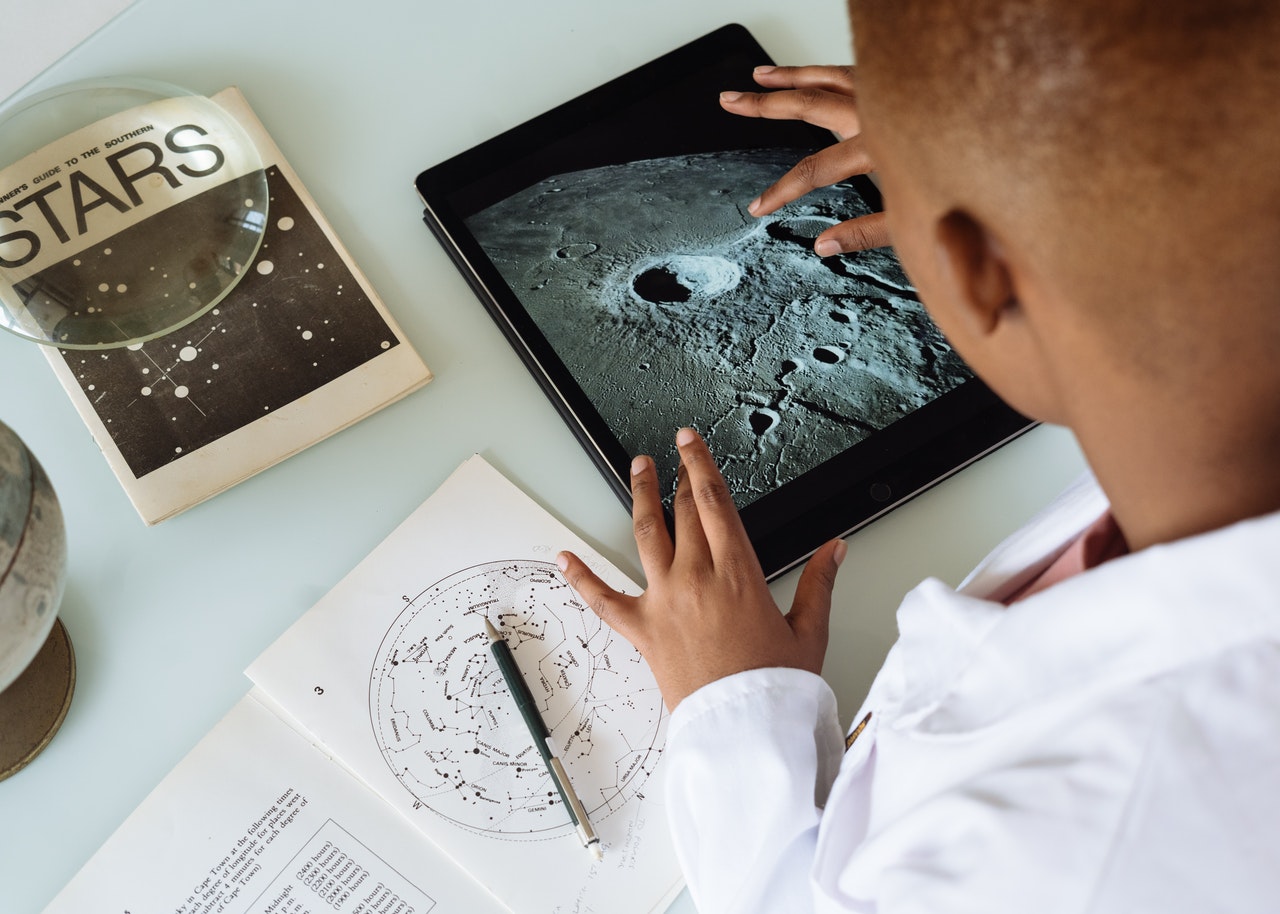Preschool Teachers, You’ll Want to Try Every One of These Fun Sensory Tables

Preschool teachers have a variety of tools and activities to engage their students and promote their learning and development. One popular activity is the use of sensory tables. Sensory tables provide opportunities for children to explore and learn through their senses. Here are some fun sensory table ideas that preschool teachers can try in their classrooms.
1. Rainbow Rice: Fill a sensory table with different colors of rice. Children can use scoops, spoons, and cups to scoop and pour the rice. They can also explore the different colors and mix them together to create new colors.
2. Water Beads: Water beads are small, gel-like balls that expand when soaked in water. Fill a sensory table with water beads and let the children explore. They can squish them, sort them by color, and use tools to scoop and pour them.
3. Shaving Cream: Spray shaving cream on a table and let the children explore the texture and create designs using their fingers or tools. This sensory table activity allows for creative and messy play.
4. Cloud Dough: Mix flour and baby oil to create a soft, moldable dough. Children can use their hands or tools to shape and mold the dough. They can also add small toys or objects to create different sensory experiences.
5. Sensory Bins: Fill a sensory table with a variety of materials such as sand, water, beans, or pasta. Add small toys, scoops, and tools for children to explore and manipulate the materials. This sensory table activity promotes fine motor skills and imaginative play.
6. Nature Exploration: Fill a sensory table with materials from nature such as leaves, twigs, and rocks. Children can use magnifying glasses to examine the objects and sort them based on size, color, or texture.
7. Ice and Water: Fill a sensory table with water and add ice cubes. Children can explore the textures and temperatures of the ice and water. They can also observe how the ice melts and changes form.
8. Sensory Bags: Fill ziplock bags with different materials such as hair gel, sand, or water. Seal the bags tightly and tape them to a table. Children can press, squeeze, and manipulate the bags to explore the different textures.
9. Oobleck: Mix cornstarch and water to create a gooey and fluid substance called oobleck. Children can experiment with the unique properties of oobleck by scooping it, molding it, or letting it drip through their fingers.
10. Sensory Paint: Fill squeeze bottles or spray bottles with colored water and invite children to create artwork on a table or easel. They can experiment with the different spray patterns, mix colors, and explore cause and effect.
These are just a few examples of the many sensory table ideas that preschool teachers can incorporate into their classrooms. By providing children with opportunities to explore and engage their senses, teachers can enhance their learning experiences and promote their overall development.






